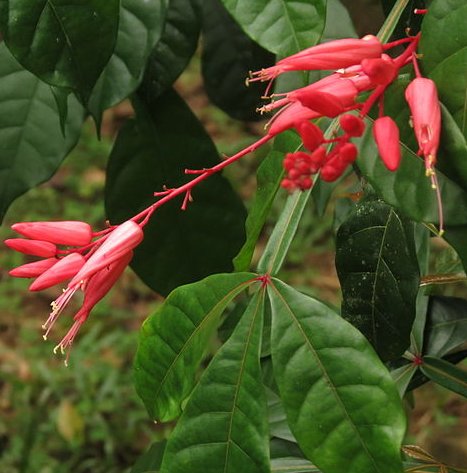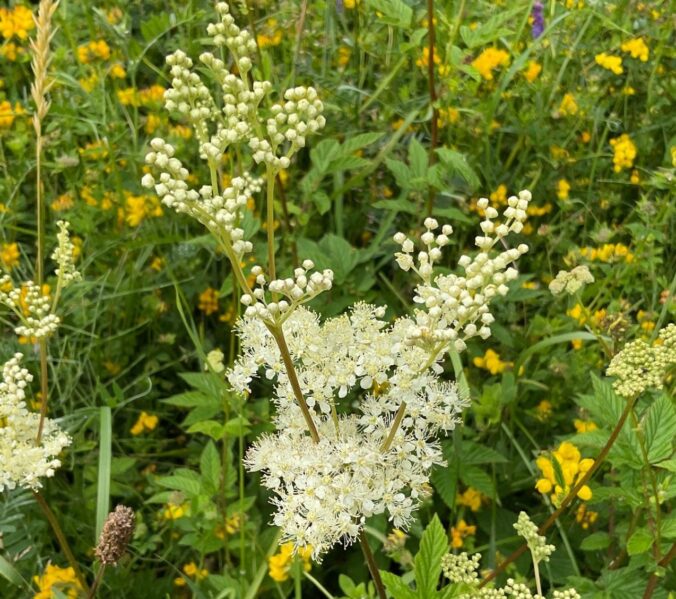Quassia is an herbal supplement made from the bark of the quassia tree (Picrasma quassioides). It has been used in traditional medicine systems for centuries and has gained popularity as a natural remedy for skin health issues. In this blog post, we will discuss the benefits of Quassia as a natural supplement, including its chemical composition, traditional uses, and potential health benefits. Quassia is derived from the bark of the quassia tree (Picrasma quassioides), which is native to South America. The bark of the tree contains several chemical compounds, including picrasin and picratannic acid. These compounds are believed to be responsible for Quassia’s medicinal properties.
The bark contains several chemical compounds that contribute to its medicinal properties. The most important compound found in the bark is picrasin, which has been shown to exhibit anti-inflammatory and antimicrobial properties. Additionally, picratannic acid is also present in the bark and is believed to help reduce inflammation in the body. Quassia has been shown to be effective in treating a variety of skin health issues. The anti-inflammatory properties of picrasin can help alleviate symptoms associated with acne, such as redness and inflammation. Additionally, the antimicrobial properties of Quassia can help kill bacteria that can cause skin infections. The bark of this plant has been shown to be effective in treating several skin health issues. Here are some potential health benefits: Acne: The anti-inflammatory and antimicrobial properties of picrasin can help alleviate symptoms associated with acne, such as redness and inflammation. Skin Infections: The bark has been shown to be effective in treating skin infections caused by bacteria. Psoriasis: The anti-inflammatory properties of Quassia may help reduce inflammation associated with psoriasis, a chronic skin condition.
Quassia is a natural herb with several potential health benefits related to skin health. Its anti-inflammatory and antimicrobial properties make it a useful remedy for acne, skin infections, and other related conditions. However, pregnant women and children under 18 years old should avoid taking Quassia, and people with liver disease or taking medication that affects liver function should also exercise caution when considering the use of this herb. As with any natural remedy, it is always best to consult with a healthcare professional before adding Quassia to your health regimen.
Further Reading on Natural Medicine:
Pages: Naturopathy Lane | Services | Modalities











